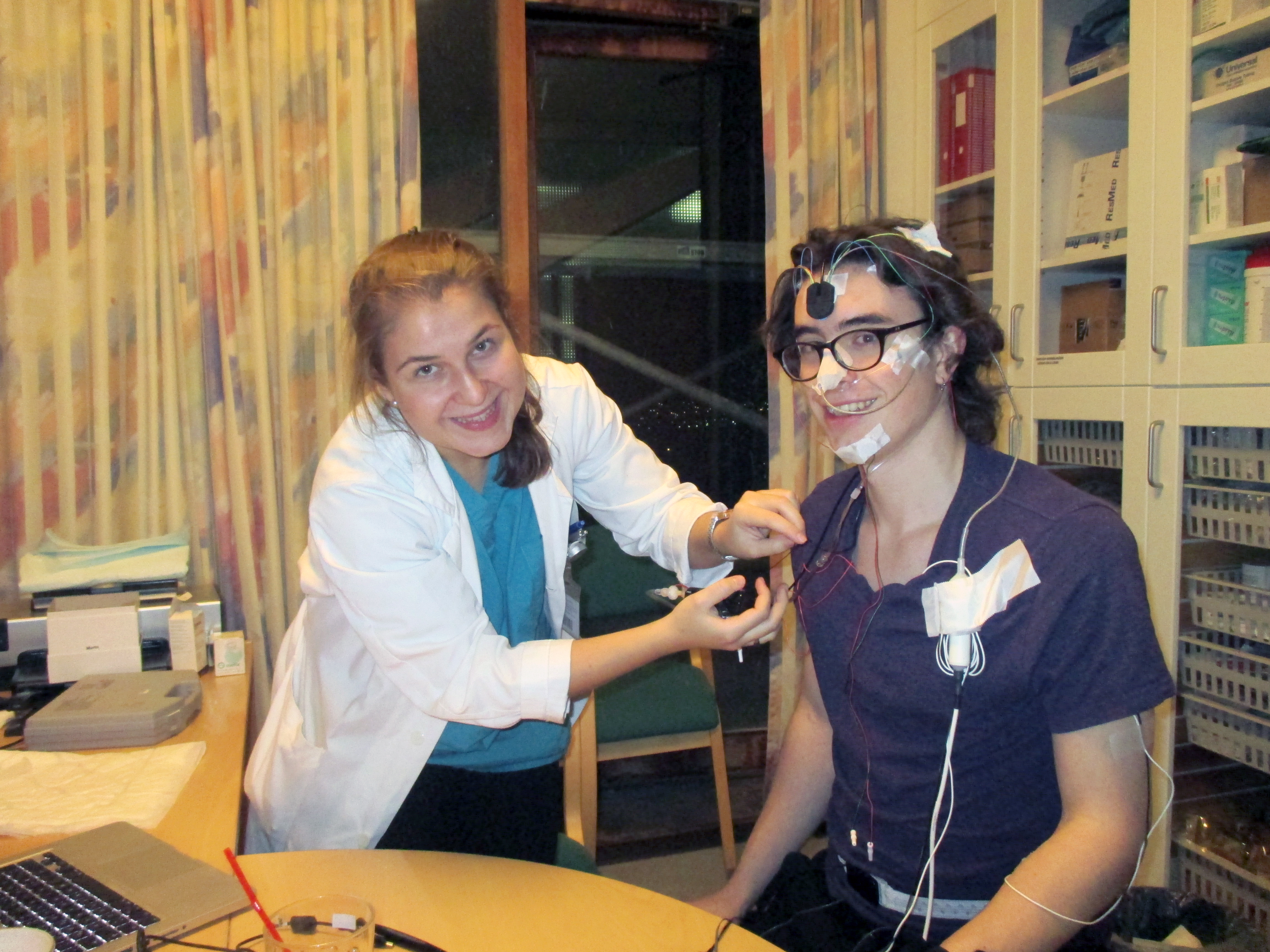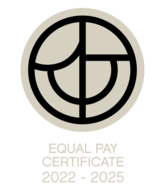New technolgy to measure respitory complications during sleep
Marta Serwatko defended her master‘s thesis in biomedical engineering at RU's Department of Science and Engineering last week. In her study she measured the effectiveness of a new method to assess respiratory effort during sleep. Marta was among the young scientists who received a grant from Landspitali - The National University Hospital of Iceland for her research in December 2014 and has already introduced preliminary findings at international conferences.
Disordered breathing during sleep is caused by congestion in the throat. Loud snoring can often be heard when a person tries to attract the air with powerful inhalation. Sleep apnea, which is an example of disordered breathing during sleep, is characterized by recurrent breathing breaks.
A flawed process
Modern measurement technology distinguishes these breaks but the body‘s labour while breathing is difficult to diagnose. Breathing disturbances during sleep are very common, and research suggests that those who suffer from snoring and increased respiratory effort experience negative consequences, especially children. It is therefore important to shed better light on who might need treatment. A new method for measuring respiratory effort during sleep has been developed by the Nox Medical, recently positioned on Deloitte's Technology Fast 500 EMEA List. Marta carried out her research in close cooperation with the company.

Until now, respitory complications during sleep have been evaluated with a questionnaire that the subject answers. A pressure sensor has, in addition, been placed in the esophagus and left for the night. "These methods have both specific defects," according to Martha. "The questionnaire you only have the patient´s subjective evaluation. It is always better to get impartial results. The pressure sensor can deliver such results but is extremely uncomfortable. The question arises whether we are getting a clear picture, as the sensor can actually interfere with the subject´s sleep and cause them to roll around in bed more than they would normally."
Demands for new methods of measuring
Marta examined the design of an algorithm for a new measuring tool. The tool consists of two belts that measure body movements, one around the chest and the other around the belly. A subject can sleep with the two belts and avoid discomfort. The data can be compared to the measurements from the traditional approach, a pressure sensor in the esophagus. "The results indicate a relationship between the two measurement methods and after graduation I will work on publishing the results in peer-reviewed publications."
If this new methodology proves successful, it could cause a revolution in the diagnosis of breathing interruptions during sleep in children and adults, and increase understanding of the clinical relevance. "There is much to gain if the diagnosis is made and the person knows that they suffer from breathing problems during sleep," says Marta. It is believed that the situation is a risk factor for excessive sleepiness with increased risk of accidents, hypertension, cardiovascular disease (including atherosclerosis), myocardial infarction, stroke, neurodegeneration and increased likelihood of cancer.
An important undertaking
"People with untreated sleep problems are also at greater risk when undergoing surgery. Therefore, this project is so important because if we simplify the methods to analyze it is easier to treat." She says the scientific community has been calling for changes in measurement technology. At global conferences dedicated to sleep studies there has been much discussion about this for several years. She says a great number of experts now call for new methods to assess sleep disordered breathing as a percentage of breathing during sleep but not only breathing breaks.
Marta´s supervisors were Karl Ægir Karlsson, professor at Reykjavik University and Erna Sif Arnardóttir, post-doc at the University of Iceland.

